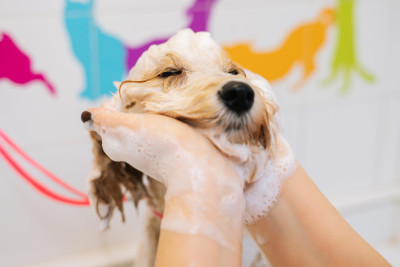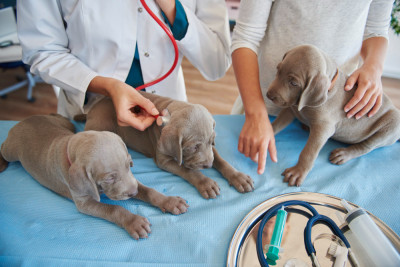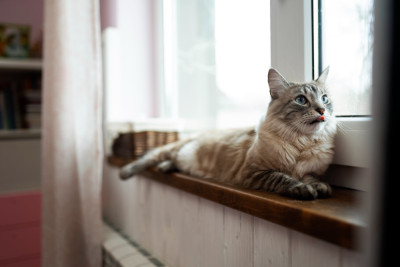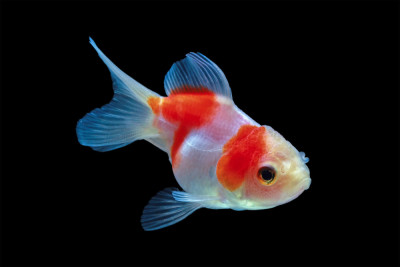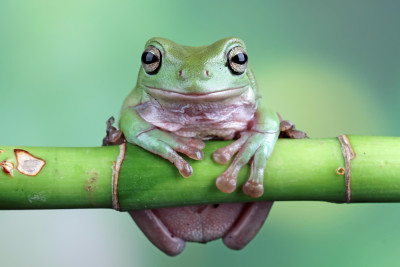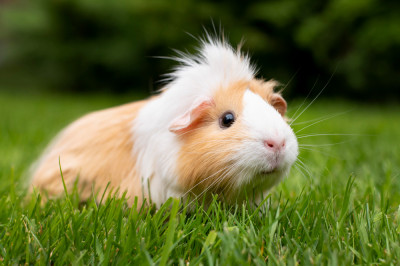The Importance of Dog Grooming
Before we delve into grooming techniques, it's crucial to understand why grooming is essential for your dog:
1. Skin and Coat Health: Regular grooming helps maintain your dog's skin and coat in top condition. It removes dirt, debris, and loose fur, preventing matting and tangling.
2. Bonding and Socialization: Grooming provides an opportunity for bonding between you and your dog. It's a time of physical contact, trust-building, and positive reinforcement.
3. Early Detection of Health Issues: Grooming sessions allow you to closely examine your dog's skin, ears, eyes, and mouth. This can help you spot health concerns early, such as infections, parasites, or lumps.
4. Temperature Regulation: Grooming ensures your dog's coat remains in the best condition to regulate their body temperature, keeping them comfortable in all seasons.
5. Aesthetic Appeal: Of course, a well-groomed dog looks and smells pleasant, making them a joy to have around.
Essential Dog Grooming Tools
Before you begin grooming your dog, you'll need the right tools and supplies. The specific items you require may vary based on your dog's breed and coat type, but some common grooming essentials include:
1. Brushes and Combs: Essential for removing tangles, mats, and loose fur. Different brushes suit different coat types.
2. Shampoos and Conditioners: Use pet-specific shampoos and conditioners to maintain a healthy coat and skin.
3. Nail Clippers and Grinders: Necessary for keeping your dog's nails at a safe length.
4. Ear Cleaners: Used to clean your dog's ears gently and prevent ear infections.
5. Toothbrushes and Toothpaste: Dental care is crucial for dogs. Regular brushing helps prevent dental issues.
6. Clippers and Trimmers: Essential for trimming fur and maintaining a tidy appearance, especially for breeds with long or dense coats.
7. Styptic Powder: This helps stop bleeding if you accidentally cut your dog's nails too short.
8. Grooming Table: A stable grooming surface with a no-slip surface can make the process more comfortable for both you and your dog.
Dog Grooming Techniques
Now, let's explore some essential dog grooming techniques:
1. Brushing:
- Regular brushing is essential for all dogs, but the frequency depends on the breed and coat type.
- Brush your dog's coat in the direction of hair growth to prevent discomfort.
- Pay extra attention to areas prone to matting, such as behind the ears, under the armpits, and around the tail.
2. Bathing:
- Bathing frequency depends on your dog's lifestyle. Active dogs may require more frequent baths.
- Use lukewarm water and a pet-specific shampoo to avoid drying out their skin.
- Be thorough but gentle during the bath, ensuring you rinse out all the shampoo.
3. Nail Trimming:
- Regularly trim your dog's nails to prevent overgrowth, which can lead to discomfort or difficulty walking.
- Use dog-specific nail clippers and be cautious not to cut too close to the quick.
4. Ear Cleaning:
- Check your dog's ears regularly for wax buildup or signs of infection.
- Use a vet-recommended ear cleaner and a cotton ball to gently clean the ear if necessary.
5. Dental Care:
- Brush your dog's teeth regularly to prevent dental issues and maintain fresh breath.
- Dental chews and toys designed for oral hygiene can also be beneficial.
6. Haircuts and Styling:
- Some breeds require professional grooming for specific haircuts and styles.
- Consult a professional groomer for breed-specific grooming needs if you're unsure.
7. Handling Shedding:
- Breeds that shed heavily may require additional grooming during shedding seasons.
- Invest in a high-quality shedding tool or brush to manage excessive shedding.
8. Handling Sensitive Areas:
- Be gentle when grooming sensitive areas like the face, ears, and paws.
- Use positive reinforcement and treats to reward your dog for good behavior during grooming.
9. Bath Time:
- Ensure a calm and comfortable bath environment to reduce your dog's stress.
- Use a non-slip mat in the bathtub to prevent slipping.
10. Drying: - Dry your dog thoroughly after a bath to prevent skin irritation or infections. - Use a dog-specific hair dryer on a low heat setting.
Conclusion
Grooming is a fundamental aspect of dog care, contributing to your pet's health, comfort, and appearance. By understanding the grooming needs of your specific dog, using the right tools, and establishing a positive grooming routine, you can provide the best possible care for your canine companion. Moreover, the bonding experience that grooming fosters will strengthen your relationship and create a well-groomed, happy, and healthy pup you'll be proud to call your own.

